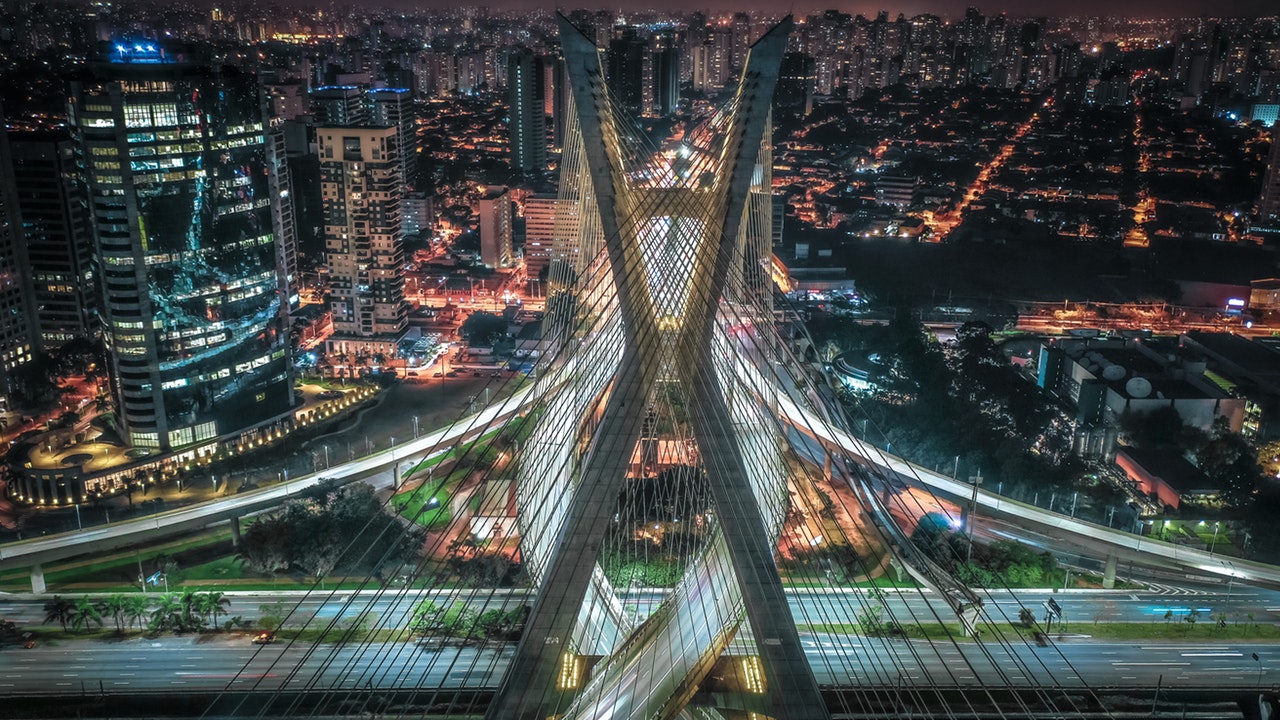Collaboration for ethical infrastructure
Marie Lam-Frendo, CEO of the Global Infrastructure Hub, tells John Kirton where gaps in infrastructure funding exist and what can be done to create more top-quality, bankable projects that have responsibility beyond economic efficiencies
What are the world’s needs for infrastructure, and where do gaps exist between those needs and the supply?
The Infrastructure Outlook tool from the Global Infrastructure Hub forecasts a need for overall capital expenditure for greenfield and brownfield infrastructure projects of $94 trillion. The gap between what is forecast to be spent and what is required is $15 trillion. This estimates the need for financing, but there is really no shortage of financing – currently, there is approximately $172 billion available for infrastructure investment.
The real gap is in the number of bankable projects available. A bankable project is not simple to create – it needs the right government institutions with a single point of contact for infrastructure and a solid pipeline of investable projects. Governments should then ensure that these projects are well developed and monitored and that decisions are taken at the right time and implemented.
Another need is in de-risking projects more systematically and ensuring people learn about how to allocate risk and more creatively use the risk mitigation tools available from multilateral development banks.
Why is it so important to move from emphasising quantity to emphasising quality?
We have a good amount of infrastructure projects to look back on and can evaluate their entire life cycle. Data has been accumulating over the years and the infrastructure community can now see that by simply doing more infrastructure projects we won’t get the returns we need. We need quality infrastructure that can provide economic efficiencies by seeing through its entire life cycle.
But beyond economic efficiencies, infrastructure development should be guided by a sense of long-term responsibility for the planet and ensure equal access and availability, including and benefiting all. The concept of an environment and social license is increasingly raised by investors, who want to see it more fully integrated into national policies and programmes.
We recently released the results from our 2019 Global Infrastructure Investor Survey. It showed that around 36% of institutional investors now consider environmental, social and governance factors to be a ‘first order question, possibly at the expense of performance’ in infrastructure investment. That’s more than double the 17.2% reported in 2016.
In Europe and other developed markets, we have the experience of quantity as well as quality and it’s through quality infrastructure that we’re achieving economic efficiency. Developing countries should carefully load their national balance sheet and ensure they are investing in well-planned, designed and procured qualitative infrastructure projects. This issue is increasingly being raised in the context of projects under the Belt and Road Initiative.
In what ways has the GI Hub been working to close the world’s great quality infrastructure investment gap?
Through our work on InfraCompass we’re providing countries with indicators of how they perform in their regulatory framework and potentially their need for specific and targeted policy reforms to improve.
We’ve been working hard to disseminate best practices, specifically on de-risking projects as well as supporting the standardisation of contract management. We will soon release a report on best practices for inclusive infrastructure, which will clearly address the social licence challenge every project should focus on.
How will it use its future Toronto regional office to expand this work?
At this stage, our intentions for the Toronto office are to focus on activities that will expand the work we have done on our InfraCompass and Infrastructure Outlook tools. This includes expanding the coverage to a broader set of countries and sectors, as well as developing indicators to assist with quality infrastructure.
The Toronto office will use data to derive insights that are valuable for decision makers at critical points and support them to ultimately make better decisions. It will be the centre of the GI Hub’s North American operations and will support the delivery of our strategic priorities through creating and strengthening partnerships with key stakeholders, especially the multilateral development banks and international organisations, and enabling deeper engagement with the private sector to broaden the GI Hub’s global reach. The Canadian office will also house the new Global Centre for Infrastructure
Excellence to support joint initiatives and partnerships with the private sector to further build capacity into developing economies’ infrastructure.
How has it been working with other international institutions on this cause?
Through our current work with the G20 we have worked with various international institutions and G20 members to list resources and facilities that can support quality infrastructure. This work built on the stocktake done by the Organisation for Economic Co-operation and Development and the World Bank of resources relating to infrastructure as an asset class delivered for Argentina’s G20 presidency in 2018. It expanded it and updated the international resources, and added more national resources to support the quality of infrastructure alongside the principle of economic efficiency.
How can the G20 leaders at their Osaka Summit help?
There is lots more to be done on project preparation. In a 2018 study, it was estimated that for Africa and Asia, approximately $4.2 billion of funding is available for project preparation and only $277 million has been distributed. We are partnering with the SOURCE initiative from the Sustainable Infrastructure Foundation as one of the key multilateral platforms to help advance project preparation. But much work needs to be done with all the various facilities to ensure the money is properly dispersed in a timely manner.
That’s certainly a task that the G20 has been working on collectively since 2011, but it is also something that needs to be sustained. The GI Hub will contribute to this effort, including by making use of our ever-growing infrastructure knowledge network.












